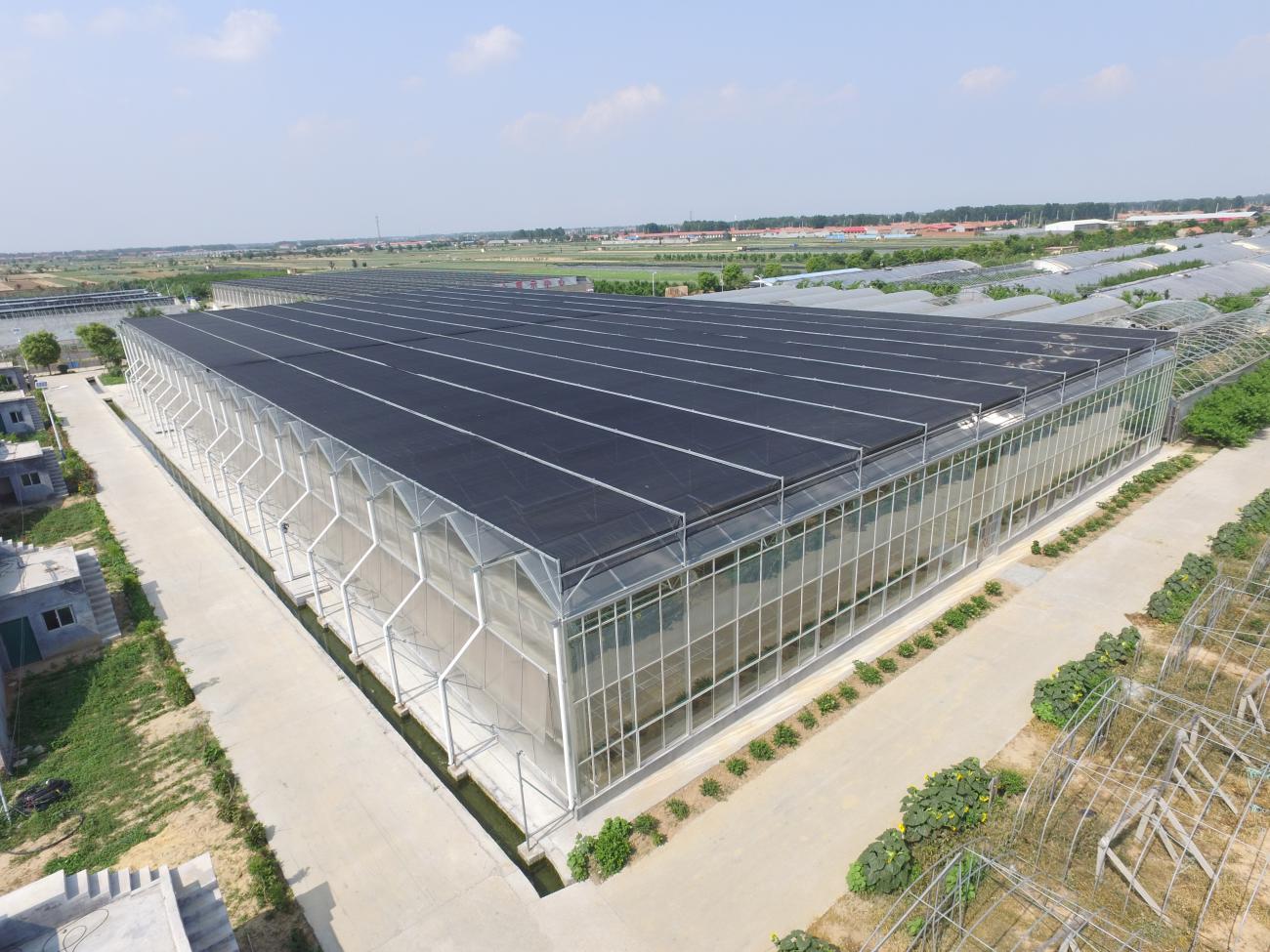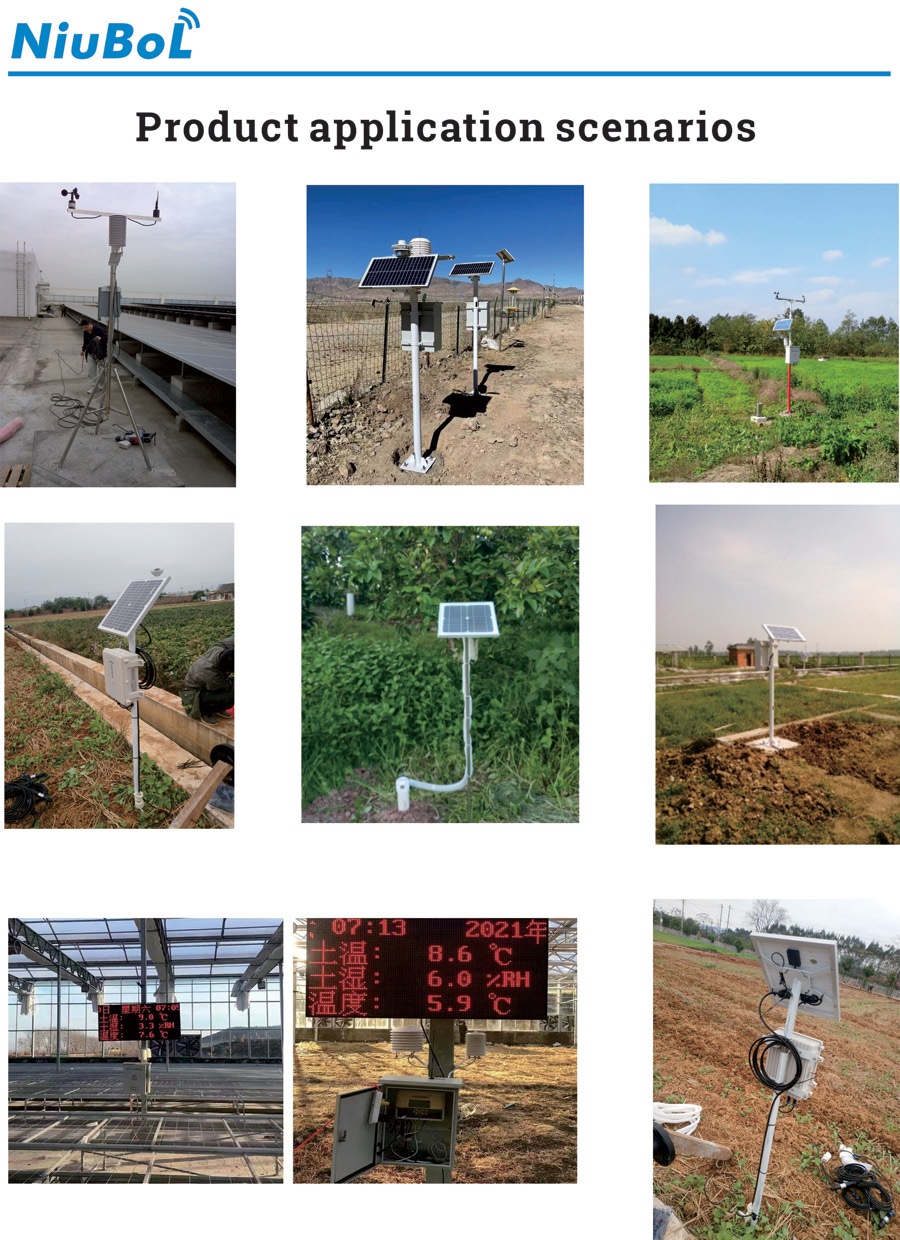

— Blogs —
—Products—
 Consumer hotline +8618073152920
Consumer hotline +8618073152920 WhatsApp:+8615367865107
Address:Room 102, District D, Houhu Industrial Park, Yuelu District, Changsha City, Hunan Province, China
Product knowledge
Time:2024-02-03 12:01:14 Popularity:906
The application of sensors in agriculture has revolutionized farming practices, making them more efficient, sustainable, and productive.These technological advancements allow for precise monitoring and control over various aspects of farming, from soil conditions to climate factors, plant health, and livestock management.Here's a detailed overview of sensor applications in agriculture:
1.Soil Monitoring
- Soil Moisture Sensors: These devices measure the water content in the soil, helping farmers optimize irrigation schedules, reduce water usage, and prevent crop stress due to over or under-watering.
- Soil pH Sensors: As previously discussed, these sensors monitor the acidity or alkalinity of the soil, which is crucial for nutrient availability and uptake by plants.
- Nutrient Sensors: These sensors can detect levels of specific nutrients in the soil, such as nitrogen, phosphorus, and potassium, enabling precise fertilization for optimal plant growth.
 |  |  |  |  |
| Anemometer Wind Speed sensor | Wind direction sensor | Tipping bucket rain gauge sensor | Tipping bucket rain gauge sensor | Piezoelectric Rain Gauge |
 |  |  |  |  |
| Atmospheric Temperature Humidity air pressure Sensor | 5 in1 Ultrasonic Weather Station Sensor | Solar Radiation Sensor | illumination sensor | 7 in1 Ultrasonic Weather Station Sensor |
 |  |  |  |  |
| Carbon dioxide sensor | Photosynthetically Active Radiation Sensor | Soil NPK Sensor | Soil pH sensor | Soil Moisture Temperature sensor |
2.Climate Monitoring
- Temperature and Humidity Sensors: Monitoring air temperature and humidity is vital for predicting plant growth patterns and disease risks.These sensors help in making informed decisions regarding planting, harvesting, and pest control.
- Rainfall Sensors: These devices measure precipitation levels, aiding in irrigation planning and water resource management.
- Wind Speed and Direction Sensors: Important for assessing the risk of physical damage to crops and structures, and for planning the application of pesticides and fertilizers to avoid drift.
3.Crop Monitoring
- Leaf Wetness Sensors: These sensors detect water on the leaves, which is a critical factor in the development of many plant diseases.They help in determining the optimal time for fungicide application.
- Chlorophyll Sensors: By measuring the chlorophyll content in leaves, these sensors can assess plant health and nutrient status, particularly nitrogen, allowing for targeted nutrient management.
- Plant Growth Sensors: Various sensors, including LIDAR and specialized cameras, can monitor plant growth, biomass, and structural characteristics, providing data for yield prediction and growth analysis.
4.Pest and Disease Detection
- Optical Sensors and Cameras: Equipped with image recognition technologies, these sensors can identify pest infestations and disease symptoms on crops at early stages, enabling timely intervention.
5.Livestock Management
- Wearable Sensors: Attached to livestock, these sensors monitor health indicators such as body temperature, heart rate, and activity levels, helping in early disease detection and management of breeding cycles.
- GPS Trackers: These devices monitor the location and movement patterns of livestock, useful for grazing management and theft prevention.
6.Precision Agriculture
- Drones and Satellites: Equipped with various sensors, these aerial platforms collect comprehensive data on soil conditions, crop health, moisture levels, and more, enabling precise, site-specific agricultural practices (a key aspect of precision agriculture).
-Yield Monitoring: Sensors can be attached to harvesters to monitor and record crop yields, providing data that can be used to optimize planting and harvesting practices.
-Food Safety and Quality: Sensors are used to monitor the quality and safety of agricultural products during storage and transportation, ensuring that they meet the required standards before reaching the market.
7.Automation and Control Systems
- Environmental Control Sensors: In controlled environments like greenhouses, sensors monitor and adjust conditions (temperature, humidity, light levels) automatically to optimize plant growth.
- Automated Machinery: Sensors guide agricultural machinery (tractors, harvesters, drones) for precise operations like planting, spraying, and harvesting, reducing manual labor and improving efficiency.

-Smart Greenhouses: In controlled environment agriculture, sensors monitor and control factors like temperature, humidity, light intensity, and CO2 levels to create optimal conditions for plant growth.
8.Irrigation Management: Soil moisture sensors and weather-based sensors help in precise irrigation, ensuring that crops receive the right amount of water at the right time.This reduces water waste and optimizes water use efficiency.

In conclusion, the application of sensors in agriculture facilitates a data-driven approach to farming.This not only enhances productivity and sustainability but also supports the global challenge of meeting the increasing food demand while minimizing environmental impacts.The integration of sensor technology in agriculture represents a key component of modern agricultural practices, often referred to as smart farming or precision agriculture.
Related recommendations
Sensors & Weather Stations Catalog
Agriculture Sensors and Weather Stations Catalog-NiuBoL.pdf
Weather Stations Catalog-NiuBoL.pdf
Related products
 Combined air temperature and relative humidity sensor
Combined air temperature and relative humidity sensor Soil Moisture Temperature sensor for irrigation
Soil Moisture Temperature sensor for irrigation Soil pH sensor RS485 soil Testing instrument soil ph meter for agriculture
Soil pH sensor RS485 soil Testing instrument soil ph meter for agriculture Wind Speed sensor Output Modbus/RS485/Analog/0-5V/4-20mA
Wind Speed sensor Output Modbus/RS485/Analog/0-5V/4-20mA Tipping bucket rain gauge for weather monitoring auto rainfall sensor RS485/Outdoor/stainless steel
Tipping bucket rain gauge for weather monitoring auto rainfall sensor RS485/Outdoor/stainless steel Pyranometer Solar Radiation Sensor 4-20mA/RS485
Pyranometer Solar Radiation Sensor 4-20mA/RS485
Screenshot, WhatsApp to identify the QR code
WhatsApp number:+8615367865107
(Click on WhatsApp to copy and add friends)